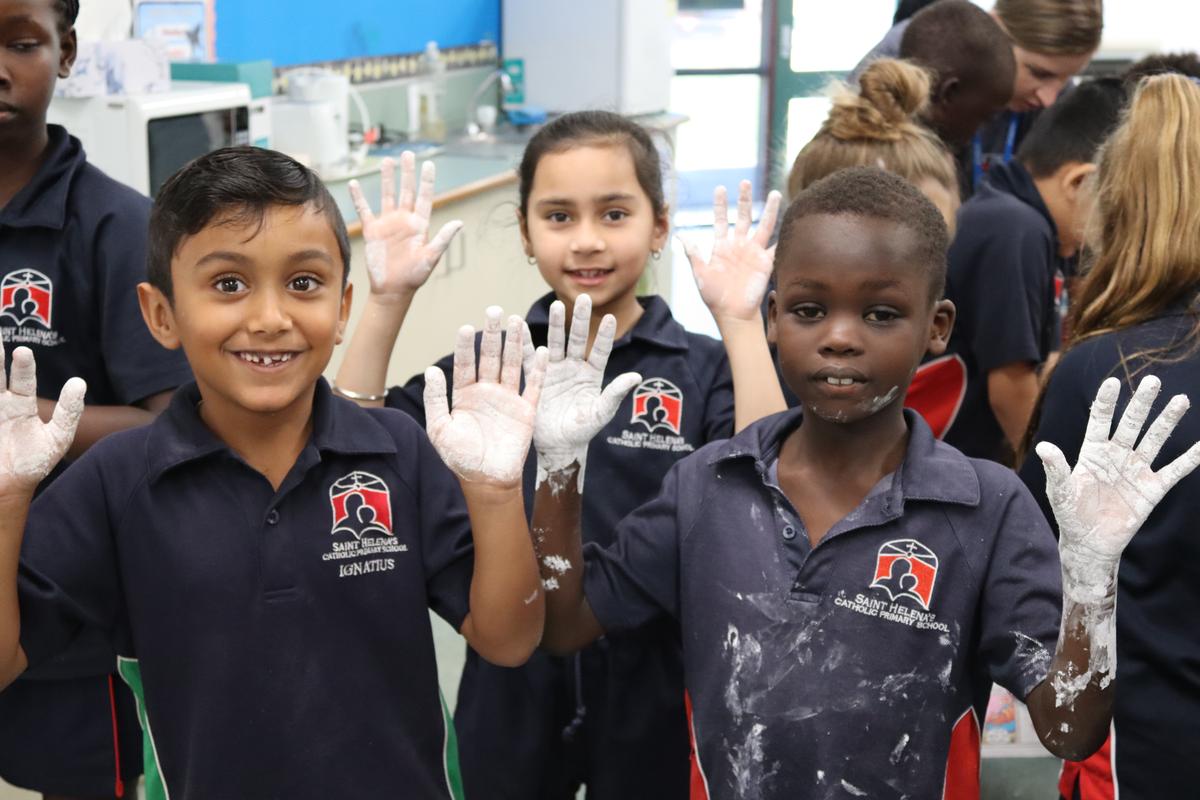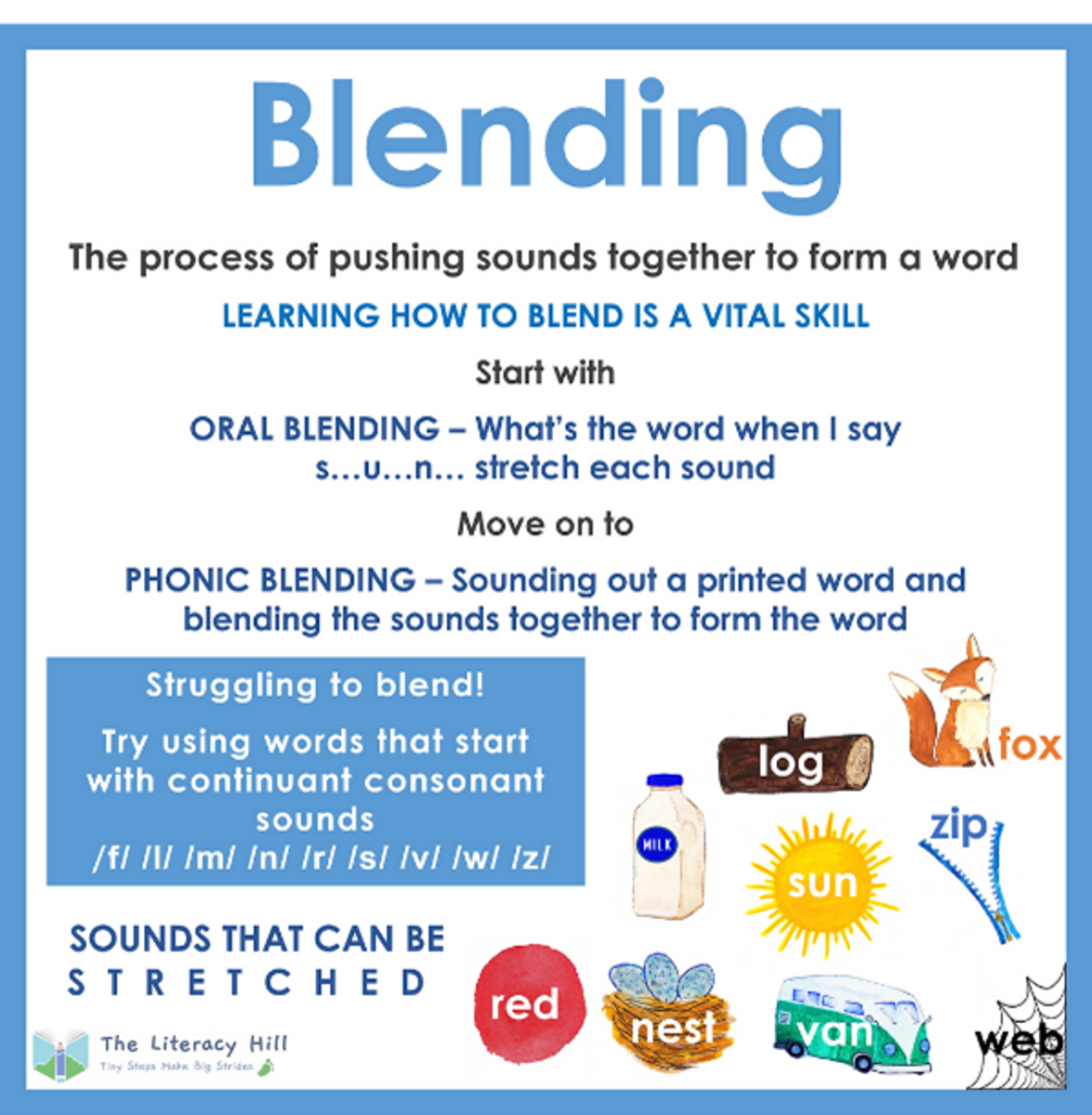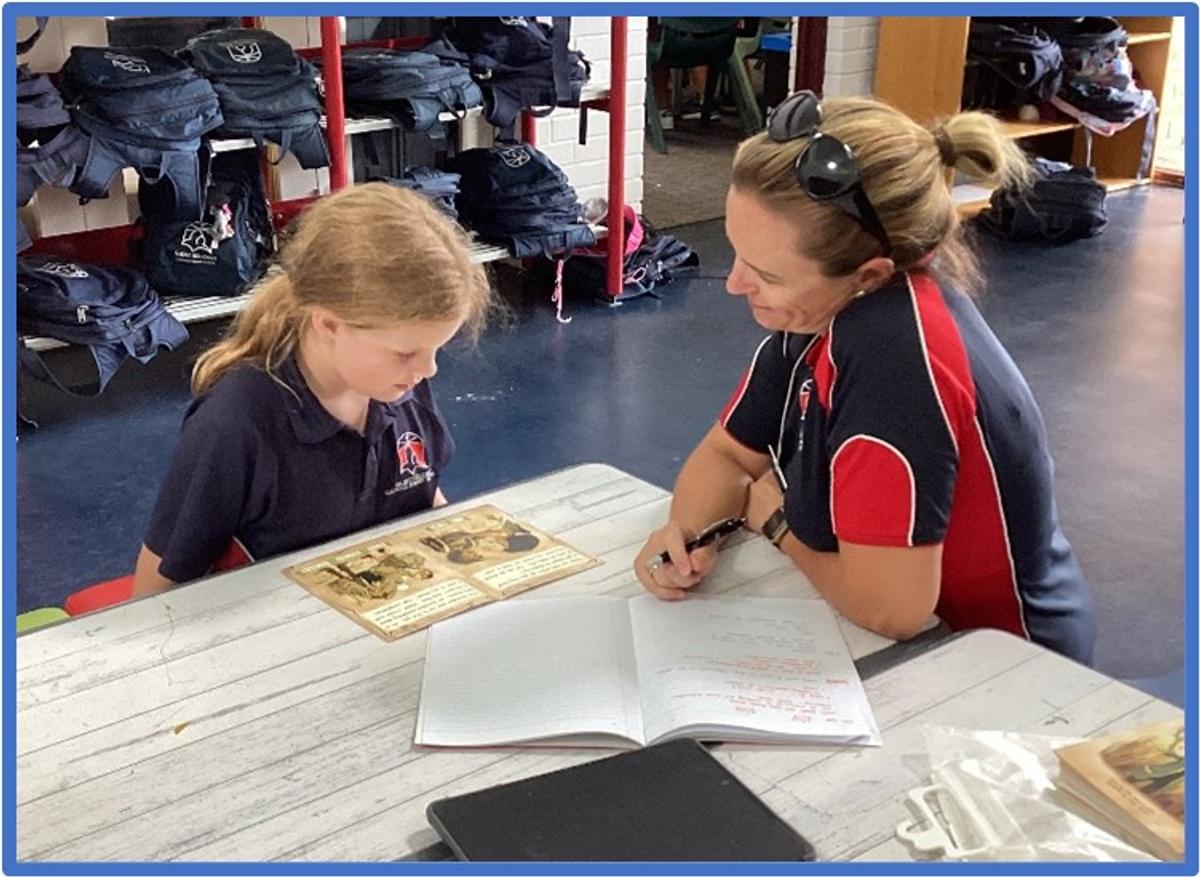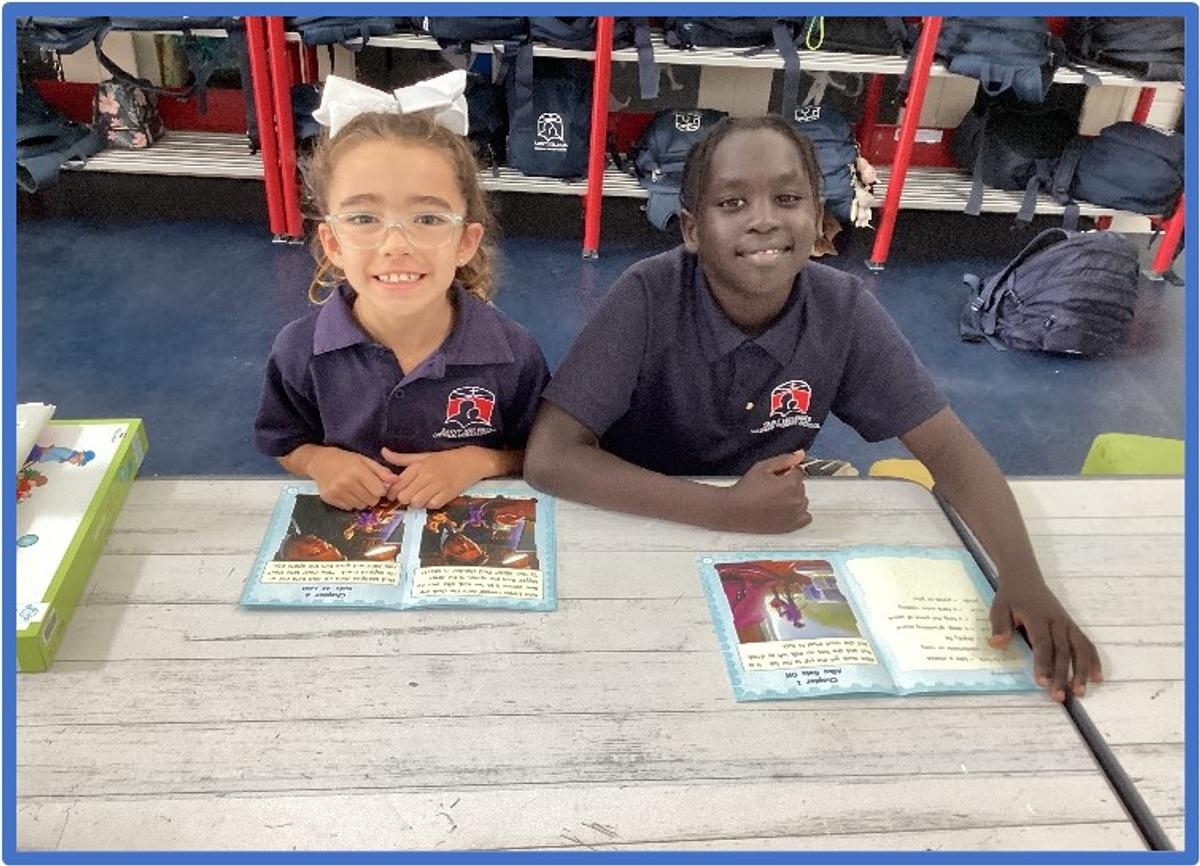Classroom News

Year 2 Echidnas and Platypus
The Year Twos have had a wonderful start to the year, exploring new friendships, building their knowledge and skills, and settling into Year Two.
For this term, in Digital Technologies, the Year Two Platypus and Echidna classes have been exploring their coding skills. For weeks four to eight, the students had to design and build a pathway for a BeeBot to successful navigate through. The students did an amazing job at coding their BeeBots and they worked so well in their teams.
As part of our Talk for Writing program, the students have been learning about the structure and tools needed to write a narrative. As a very fun and messy introductory activity, the Platypus and Echidna students got to put their moulding skills to the test, and created some amazing porridge pots out of clay to match their model text ‘The Magic Porridge Pot’.
Inside the Learning Lounge
Term One has been off to a wonderful start for the students who come and visit the Learning Lounge. Students began the year by identifying some individual goals that they would like to work towards over the coming year. Setting goals helps to provide direction and motivation for students and having them on display will help us all reach for the stars!
We have also been working hard at hearing the sounds in words and matching these sounds to the alphabet letters they represent. We have been doing a lot of blending and segmenting too which are vital skills in learning to read. In the Learning Lounge, you will hear the following phrases said over and over:
“Say the sounds, read the word”
“Say the sounds, write the word”
Feel free to try these phrases as prompts for your child at home!
Learning Support
Learning to read is not just a good idea – it is crucial! However, we need to get the basics right and all children must learn how to decode. There are many ‘strands’ that weave together in order for students to be able to read and comprehend text. One of these ‘strands’ that students need to master is decoding. To decode, we have to crack the alphabet code and at St Helena’s we teach students to do this through the explicit teaching of phonics using a highly structured program called ‘Sounds Write’.
When reading at home, to help your child read, the ‘Pause, Prompt, Praise’ method is research-based and effective.
When your child is a beginning reader and has difficulty reading a word, the following has been shown to be the best way to help them:
1. PAUSE for around 3-5 seconds—this is important because children can often work it out if given the time. They read more slowly than we do and need time to think. If we jump in too quickly, not only do we make them reliant on us to help them, but we undermine their self-confidence.
2. PROMPT—if the child cannot read the word, we can offer them a phonic prompt.
The first prompt should be a phonic prompt: “What’s the first sound in that word?”
- If they still can’t get it, sound the word for them with a slight pause between each sound (e.g., f..r…o…g). Encourage your child to sound out and then blend all through the word.
- You could also identify the first sound and encourage them to sound out the rest or break the word into its syllables. It may be useful to cover the word and reveal it slowly, looking at the sounds or the sections of the word.
- If they still have difficulty, tell them the word—and move on.
3. PRAISE is an important part of reading and you should give specific praise when they have corrected an error or read the word correctly after a prompt. Praise should be specific, e.g: “You figured that out by yourself” or “You worked that out with only a little bit of help. ”
For older students who might misread a word and continue, wait until they get to the end of the sentence before stopping them. Sometimes the reader will realise their mistake because it doesn’t make sense—and then self-correct—but they often need to get to the end of the sentence to realise this. We want readers to be able to read for meaning, and it’s an important skill for them to develop. If we immediately stop and correct them again we undermine the development of this process.
- If they read on into the next sentence you may then want to ask them: “Did that make sense?”
- If they think it made sense, then ask them to read the sentence again. Sometimes they get it correct because they read more carefully this time.
- If they have misread a word for the second time, go back to the word and ask them to have a close look at it. If they recognise their mistake, read the sentence again with the correct word.
- If they cannot read the word, help them to break it up using the strategies above.
- If they still have trouble, provide the word and move on—but make a note of the word and have a look at it later on. Talk about the meaning of the word, perhaps it’s a new word for them, there’s an unfamiliar part of the word, or they don’t know how to pronounce it.
(Five from Five, 2023)


















